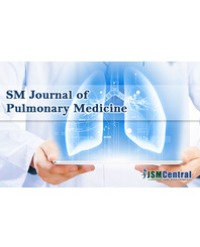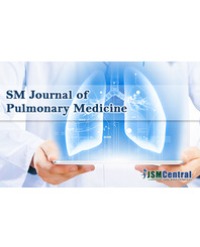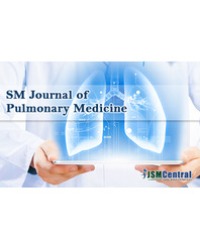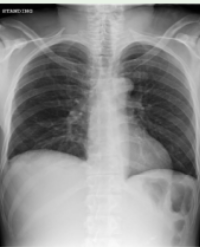The increasing prevalence of obesity has lead to an increase in the prevalence of sleep disordered breathing in the general population. Obesity is a serious disorder resulting in significant health impairment. Obese adults are at increased risk of morbidity and mortality from acute and chronic medical conditions. Obesity is associated with anatomic alterations that predispose to upper airway obstruction during sleep. Obesity and sleep related breathing disorders occur to a particular subgroup that includes obese patients with hypoventilation correlated with Hypercapnic-OSA (obstructive sleep apnea), Hypercapnic-OSA with OHS (hypoventilation syndrome) and OHS without OSA.
OHS is a disease entity distinct from simple obesity and OSA. OSA is a common disorder. Obesity and particularly central adiposity are potent risk factors for OSA. They can increase pharyngeal collapsibility through mechanical effects on pharyngeal soft tissues and lung volume, and through central nervous system–acting signaling proteins (adipokines) that may affect airway neuromuscular control. Specific molecular signaling pathways encode differences in the distribution and metabolic activity of adipose tissue.
The OHS is characterized by the combination of obesity (BMI>30 kg/m2 ), daytime awake hypercapnia and hypoxemia , in the presence of sleep-disordered breathing without other known causes of hypoventilation, such as severe obstructive or restrictive parenchymal lung disease, kyphoscoliosis, severe hypothyroidism, neuromuscular disease, and congenital central hypoventilation syndrome. It is estimated that 90% of patients with OHS also have OSA. Patients with OSA typically have normal control of breathing and obesity is not a necessary condition; patients with OHS are morbidly obese, have hypoventilation during wakefulness with increased arterial PCO2 and decreased arterial PO2 , as well as nocturnal hypoventilation. The gold standard for the diagnosis is monitored polysomnography during sleep. In stable hypercapnic patients therapeutic choice will depend on two factors: underlying diagnosis (presence or absence of OSA) and severity of hypercapnia.
Ines Maria Grazia Piroddi¹, Sofia Karamichali², Cornelius Barlascini³, and Antonello Nicolini¹*





